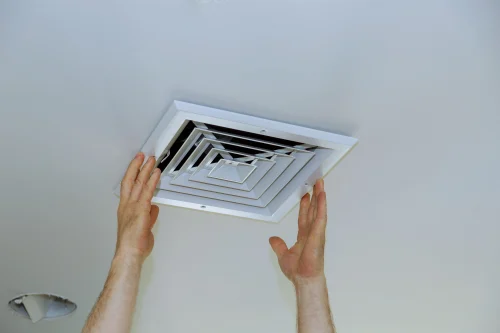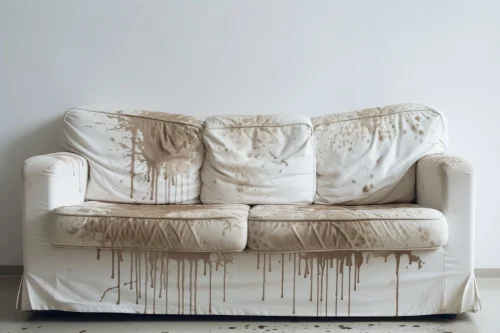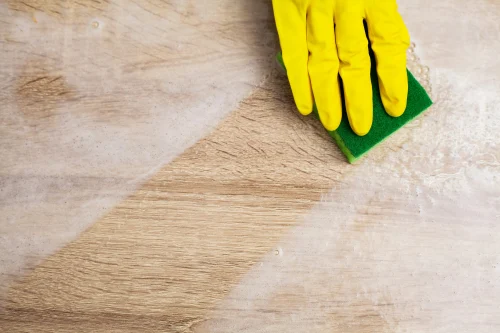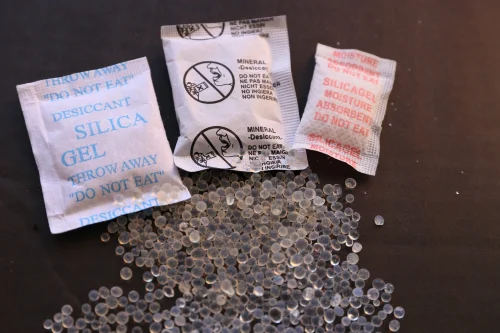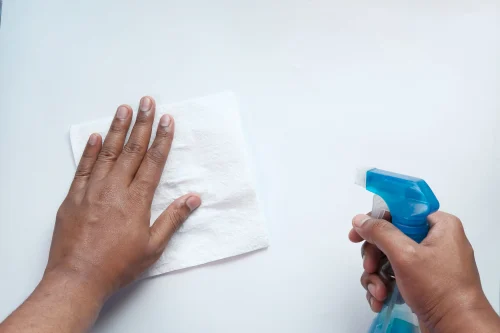
Top Aluminium Window Colours to Match Modern Home Aesthetics
May 22, 2025
Perfectly Placed Bedroom Electrical Points That Make Life Easier
May 22, 2025The monsoon season brings much-needed relief from the heat but also introduces challenges for homeowners, especially when it comes to maintaining wooden furniture.
The increased humidity and damp conditions can lead to the growth of fungus on wood, causing damage and unsightly stains.
To ensure your cherished wooden pieces remain in pristine condition, it's essential to adopt preventive measures during this season.
1. Waterproof Coatings
Applying a waterproof coating is one of the most effective ways to protect wooden furniture from moisture. Products like polyurethane, varnish, or lacquer create a barrier that prevents water from seeping into the wood. This not only guards against fungus on wood but also enhances the furniture's durability.
Key Benefits:
- Prevents moisture absorption
- Enhances wood longevity
- Provides a glossy finish
Regularly reapplying these coatings ensures continued protection throughout the rainy season.
2. Proper Ventilation
Ensuring adequate airflow in your home is crucial during the monsoon. Stagnant air can increase humidity levels, creating a conducive environment for fungal growth.
Tips for Better Ventilation:
- Open windows during dry periods to allow fresh air circulation.
- Use ceiling or exhaust fans to reduce indoor humidity.
- Consider using dehumidifiers in areas prone to dampness.
Maintaining proper ventilation helps in keeping fungus on wood at bay by reducing moisture accumulation.
3. Keep Furniture Away from Damp Areas
Positioning your wooden furniture strategically can make a significant difference. Avoid placing them near windows, bathrooms, or areas where water seepage is common.
Preventive Measures:
- Use rubber or plastic mats under furniture legs to prevent direct contact with wet floors.
- Elevate furniture slightly to allow air circulation underneath.
- Regularly inspect walls and ceilings for leaks or damp patches.
By keeping furniture away from damp areas, you reduce the risk of fungus on wood developing due to prolonged exposure to moisture.
4. Regular Cleaning
Regular cleaning is essential to prevent the accumulation of dust and moisture, which can promote fungal growth.
Cleaning Guidelines:
- Dust furniture daily using a soft, dry cloth.
- Avoid using excessive water or wet cloths for cleaning.
- Use mild cleaning agents specifically designed for wood.
Incorporating these practices ensures that your furniture remains dry and less susceptible to fungus on wood.
5. Silica Gel Packs or Moisture Absorbers
Silica gel packs and other moisture absorbers are effective tools in controlling humidity levels around your furniture.
Usage Tips:
- Place silica gel packets inside drawers, cabinets, and wardrobes.
- Replace them regularly to maintain effectiveness.
- Consider using activated charcoal or baking soda as natural moisture absorbers.
These methods help in reducing moisture content, thereby preventing the onset of fungus on wood.
6. Use of Anti-Fungal Sprays
Applying anti fungal spray for furniture is a proactive approach to prevent and treat fungal infestations. These sprays are formulated to eliminate existing fungi and create a protective layer against future growth.
Application Tips:
- Test the spray on a small, inconspicuous area before full application.
- Follow the manufacturer's instructions for optimal results.
- Reapply periodically, especially during prolonged humid conditions.
Regular use of antifungal spray for furniture ensures that your wooden pieces remain free from fungal threats.
7. Maintain Consistent Indoor Humidity Levels
Fluctuating humidity levels can cause wood to expand and contract, leading to cracks and providing entry points for moisture.
Strategies:
- Use hygrometers to monitor indoor humidity.
- Aim to maintain humidity levels between 40-60%.
- Seal gaps and cracks in walls and windows to prevent moisture ingress.
Consistent humidity levels help in preserving the integrity of wooden furniture and preventing fungus on wood.
8. Immediate Attention to Spills
Accidental spills are inevitable, but prompt action can prevent moisture from seeping into the wood.
Action Steps:
- Wipe spills immediately using a dry cloth.
- Avoid placing wet items directly on wooden surfaces.
- Use coasters and mats to protect surfaces from moisture.
Being vigilant about spills reduces the chances of fungal growth and maintains the appearance of your furniture.
Understanding How Different Wood Types React to Fungus and Moisture
Not all wood is created equal when it comes to resisting moisture and fungal attacks. Knowing how your wooden furniture is likely to react during the rainy season can help you apply preventive strategies more effectively.
Wood Type | Fungal Resistance | Moisture Absorption Rate | Recommended Action |
Teak | High | Low | Minimal care needed, apply polish occasionally |
Sheesham (Indian Rosewood) | Medium | Moderate | Use antifungal spray for furniture every month |
Mango Wood | Low | High | Keep away from windows and use dehumidifiers |
Pine | Very Low | Very High | Avoid in damp zones, must be sealed properly |
Oak | Medium | Moderate | Seal joints and coat annually |
Teak is naturally oil-rich and highly resistant to fungus on wood, making it ideal for outdoor and monsoon-prone areas. On the other hand, pine and mango wood are more porous and tend to absorb moisture quickly, making them vulnerable unless treated regularly with waterproof coatings and antifungal spray for furniture.
If you’re unsure of the type of wood used in your furniture, consult the manufacturer or a local carpenter so you can take the right protective measures.
Enhance Protection with Green Fortune's uPVC Solutions
While preventive measures are crucial, integrating structural solutions can offer long-term benefits. Green Fortune provides high-quality uPVC windows and doors that are resistant to moisture and fungal growth. These installations not only enhance the aesthetic appeal of your home but also serve as a barrier against external moisture, safeguarding your wooden furniture.
Explore Green Fortune's uPVC solutions at thegreenfortune.com and fortify your home against the challenges of the rainy season.
FAQs
Q1: How often should I apply waterproof coatings to my wooden furniture?
You should apply waterproof coatings every 10–12 months, ideally before the rainy season begins. This creates a strong protective layer that reduces moisture absorption. It also helps prevent the growth of fungus on wood over time.
Q2: Can I use household items as moisture absorbers?
Yes, items like silica gel, rock salt, or activated charcoal can help reduce humidity in enclosed spaces. Place them inside drawers, cabinets, or behind furniture near damp walls. They’re a simple but effective way to prevent moisture buildup.
Q3: Are anti-fungal sprays safe for all types of wood finishes?
Most anti fungal spray for furniture is safe for polished or laminated surfaces. However, it’s best to do a patch test on a hidden spot first. This ensures the product doesn’t react with the finish or leave stains.
Q4: How can I tell if my furniture has been affected by fungus?
Early signs include green, black, or white patches, musty odour, or soft spots on the wood surface. In some cases, you might see powdery deposits or peeling finish. These are clear signs of fungus on wood and require immediate treatment.
Q5: Is ventilation really enough to prevent fungus?
Ventilation helps reduce trapped humidity, which is a key trigger for fungus. However, it should be combined with other preventive steps like waterproofing and regular cleaning. This layered approach works best during the rainy season.









